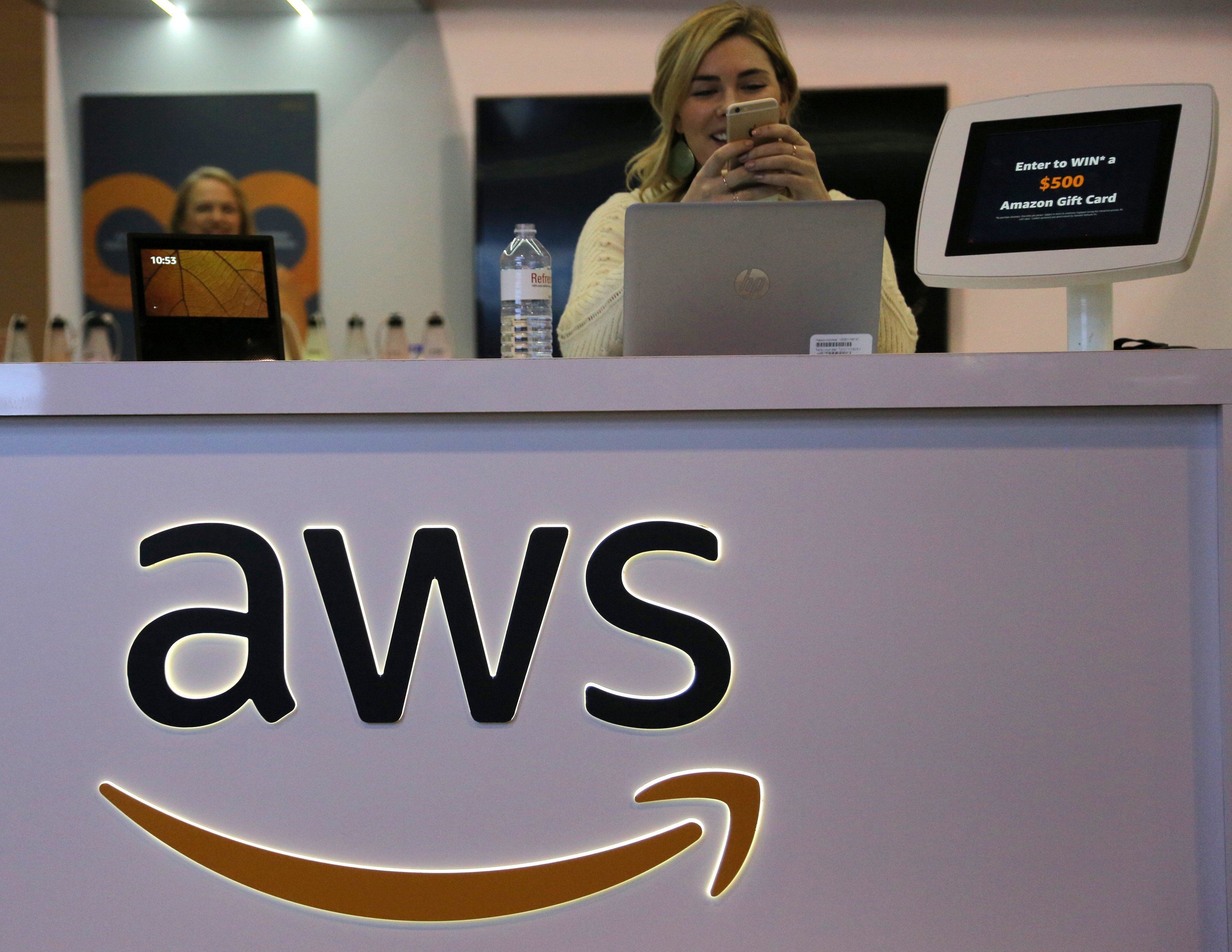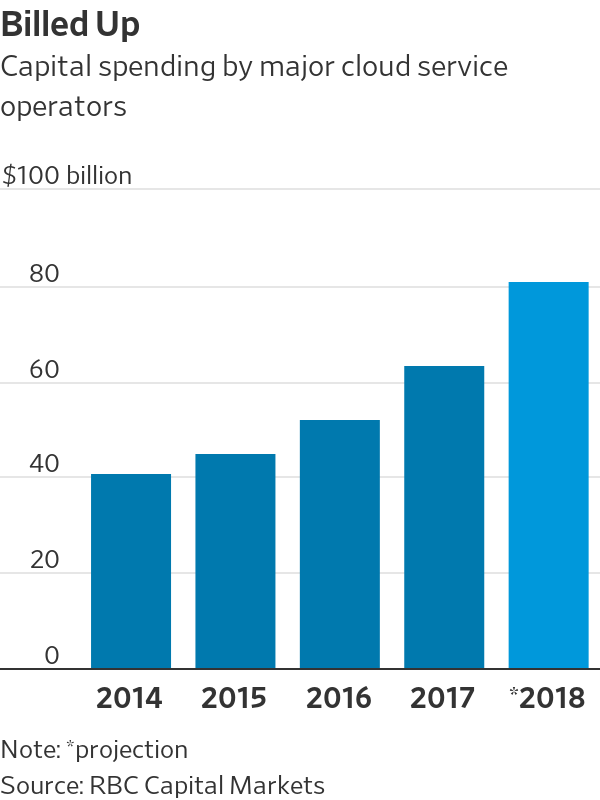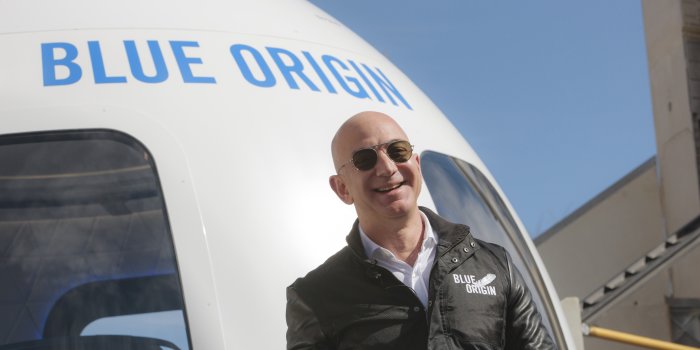Goldman says we are not repeating 2000 stock bubble
In a recent Wall Street Journal article, Goldman Sachs compared the top 5 companies in 2000 to the top 5 companies today. In that comparison, Goldman concludes that the market is not repeating the problems of 2000 that caused the stock bubble in today’s market.
The top 5 companies in the S&P 500 today are:
- Facebook Inc. [stckqut]FB[/stckqut],
- Apple Inc. [stckqut]AAPL[/stckqut],
- Amazon.com Inc. [stckqut]AMZN[/stckqut],
- Microsoft Corp. [stckqut]MSFT[/stckqut],
- Alphabet Inc. [stckqut]GOOGL[/stckqut].
and of 2000 were:
- Microsoft,
- Cisco Systems Inc. [stckqut]CSCO[/stckqut],
- General Electric Co. [stckqut]GE[/stckqut],
- Intel Corp. [stckqut]INTC[/stckqut],
- Exxon Mobil Corp. [stckqut]XOM[/stckqut].
The five companies in 2000 traded at 47 times expected earnings, according to Goldman. Today’s five biggest companies trade at 30 times expected earnings—making them by no means a bargain, but still less expensive than the stocks that dominated the stock run in the early 2000s.
The tech giants powering the S&P 500 today also reinvest far more of their profits into their businesses than their predecessors did. The five companies funnel about 48% of their cash flow from operations into capital expenditure and research and development spending, according to Goldman, well above the S&P 500’s 21% average and the 26% average for the five biggest companies in March 2000.
According to Goldman, “Lower growth expectations, lower valuations and a greater reinvestment ratio suggest the current concentration may be more sustainable than it proved to be in 2000.”





